This guide is crafted for home cooks, wellness seekers, and environmentally conscious shoppers who want to harness turmeric's full potential without compromising on quality or ethics. Unlike generic spice guides, we focus on actionable insights you won't find elsewhere—like navigating the turmeric adulteration crisis and maximizing bioavailability through chef-tested techniques.
In this article, we're diving deep into organic haldi—what makes it special, how to use it like a pro, and why it deserves a front-row seat in your spice rack. Whether you're a culinary novice or seasoned chef, these evidence-backed strategies deliver real kitchen impact.
Table of Contents
- What is Organic Haldi?
- Why Go Organic?
- The Turmeric Transparency Gap
- Top 7 Haldi Hacks for Everyday Use
- Cooking Like a Pro: Turmeric Style
- Science-Backed Health Benefits
- How to Choose the Best Organic Haldi
- Organic vs Non-Organic Comparison
- Frequently Asked Questions
What Exactly is Organic Haldi?
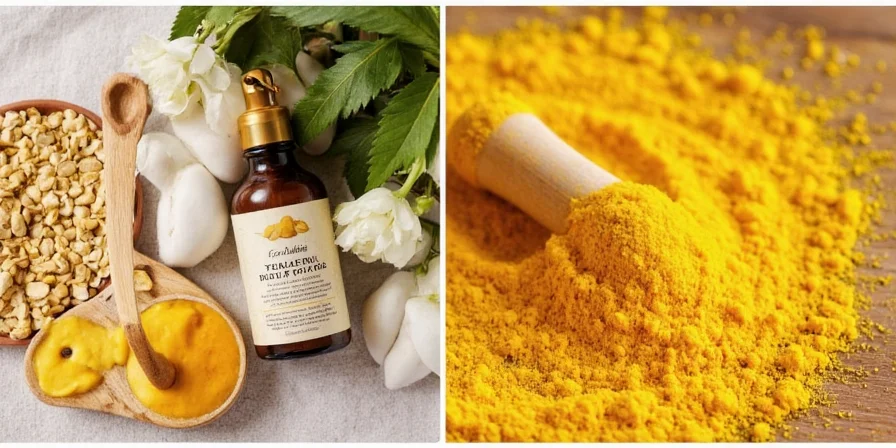
Haldi (turmeric) comes from the root of the Curcuma longa plant, used for millennia in Indian cuisine and Ayurvedic traditions. Organic haldi is grown without synthetic pesticides, herbicides, or GMOs—verified by third-party certifications. Think of it as the difference between artisanal olive oil and industrial-grade oil: same origin, radically different integrity.
Why Bother Going Organic?
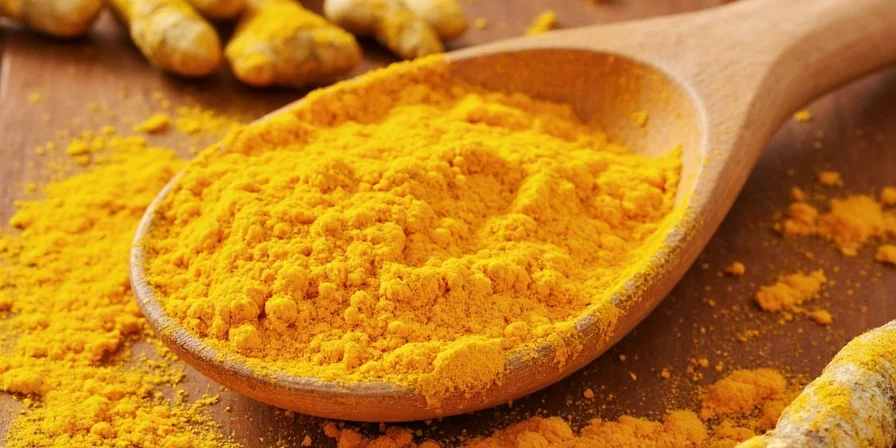
Beyond marketing claims, organic turmeric delivers measurable advantages:
- Purity Assurance: Eliminates exposure to synthetic residues like glyphosate, which the Environmental Working Group detected in 75% of conventional samples.
- Flavor Integrity: Organic farming preserves volatile oils responsible for turmeric's earthy aroma and complex flavor profile.
- Ecosystem Protection: Supports biodiversity through crop rotation and soil health practices prohibited in conventional farming.
The Turmeric Transparency Gap: Why Certification Matters
Did you know non-organic turmeric is frequently adulterated with toxic fillers like lead chromate? A 2017 Journal of Agricultural and Food Chemistry study found dangerous lead levels in 12% of samples from South Asian markets. Organic certification isn't just about farming methods—it's your primary defense against this invisible threat. Always verify certification seals through issuing bodies' online databases.
Top 7 Haldi Hacks for Everyday Use
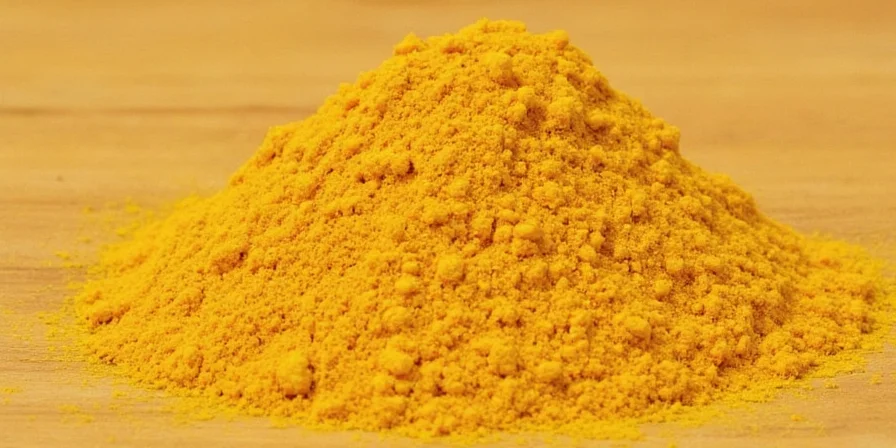
- The Golden Paste: Mix 3 parts turmeric with 1 part black pepper and 5 parts coconut oil. Simmer 10 minutes to boost curcumin absorption by 2,000%. Store refrigerated for smoothies or golden milk.
- Rice Revamp: Add to rice during rinsing (not cooking) for even color dispersion without bitterness.
- Marinade Magic: Combine with lemon juice and olive oil for meats—acid prevents staining while enhancing flavor penetration.
- Dash of Digestion: Add to lentils during the final 5 minutes of cooking to preserve enzymatic benefits.
- Glow Getter: Mix with raw honey (not yogurt) for sensitive skin—lactic acid in dairy can cause reactions when combined with turmeric.
- Smoothie Boost: Freeze golden paste in ice cube trays for zero-waste dosing.
- Egg Enhancer: Whisk with a pinch of baking soda to neutralize acidity and intensify color in scrambled eggs.
Cooking Like a Pro: Turmeric Style
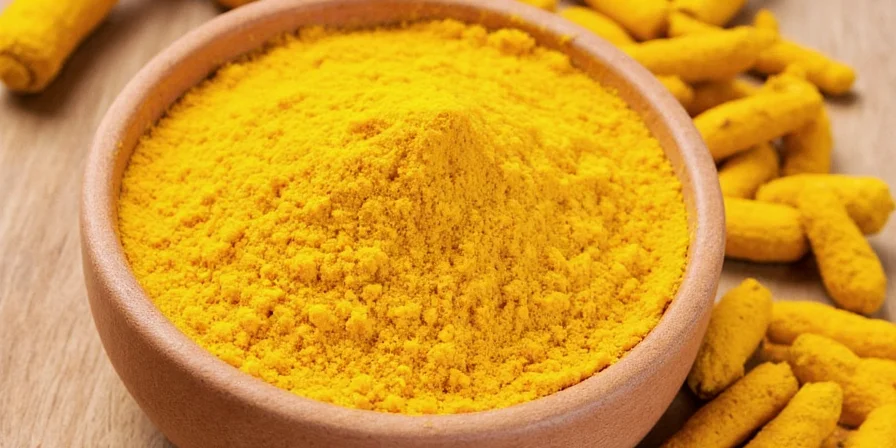
Master these chef secrets for optimal flavor integration:
- Oil Activation: Bloom turmeric in oil for 60 seconds before adding liquids—heat unlocks fat-soluble compounds without burning.
- Timing Precision: In soups, add during the last 15 minutes; for curries, incorporate after onions are translucent to build flavor layers.
- Flavor Pairing: Counteract turmeric's earthiness with equal parts sweet (cinnamon) and acidic (amchur) elements for balanced profiles.
Science-Backed Health Benefits of Organic Haldi
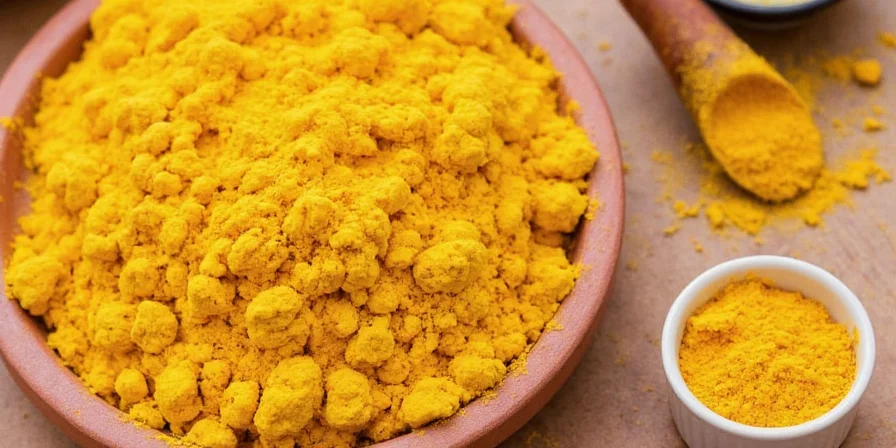
Curcumin's efficacy depends on quality and preparation. Organic sources typically contain 3-5% curcumin (vs. 1-2% in irradiated conventional). Key evidence-supported benefits include:
- Inflammation Reduction: A 2017 clinical trial showed 500mg curcumin daily reduced osteoarthritis pain comparably to ibuprofen.
- Cognitive Support: Regular consumption correlates with 28% lower dementia risk in longitudinal studies due to blood-brain barrier permeability.
- Gut Health: Stimulates mucin production, strengthening the gut lining against leaky gut syndrome.
- Bioavailability Hack: Always consume with healthy fats and black pepper—piperine increases absorption by up to 2,000%.
How to Choose the Best Organic Haldi
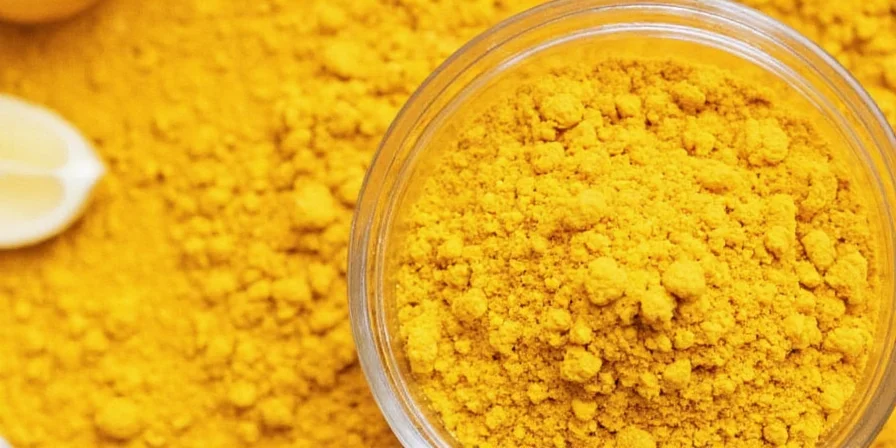
Spot authentic organic turmeric with these field-tested methods:
- Certification Verification: Scan QR codes on packaging to confirm active certification status—avoid "made with organic" claims without USDA/EU seals.
- Water Test: Stir 1/4 tsp in warm water; pure turmeric disperses evenly while adulterated versions leave sediment or unnaturally bright hues.
- Grind Check: Stone-ground varieties have coarser texture than chemically extracted powders—feel for slight graininess.
- Origin Matters: Prioritize single-origin Indian (Alleppey) or Sri Lankan turmeric with terroir-specific flavor notes.
Organic vs Non-Organic Haldi: A Visual Comparison
| Feature | Organic Haldi | Non-Organic Haldi |
|---|---|---|
| Farming Practices | No synthetic pesticides; soil regeneration protocols | Routine glyphosate use; soil depletion common |
| Curcumin Content | 3-5% (naturally occurring) | Often 1-2% (boosted with synthetic curcuminoids) |
| Adulteration Risk | Near-zero (third-party batch testing) | High (lead chromate, starch fillers common) |
| Flavor Profile | Earthy, complex, with subtle peppery notes | One-dimensional, sometimes bitter aftertaste |
Frequently Asked Questions
How much organic turmeric should I consume daily?
For therapeutic benefits, 500-2,000mg of curcumin daily (1-3 teaspoons powder). Always pair with black pepper and healthy fats. Consult your physician before exceeding 1,500mg if taking blood thinners.
Can I use organic turmeric for skin lightening?
Turmeric reduces inflammation and evens skin tone but doesn't lighten natural pigmentation. For brightening, combine with honey in masks—avoid dairy for sensitive skin. Discontinue use if staining occurs (remove with oil-based cleanser).
Why is organic turmeric more expensive?
Organic farming requires 30% more labor for weed control, prohibits synthetic yield boosters, and includes certification costs. You're paying for third-party purity verification and sustainable land stewardship—not just the spice.
How do I store organic haldi to maintain potency?
Use amber glass jars in dark pantries—light degrades curcumin 40% faster than darkness. Never refrigerate (moisture causes clumping). Properly stored, it retains 90% potency for 24 months vs. 12 months conventionally.
Final Thoughts: Elevate Your Turmeric Experience
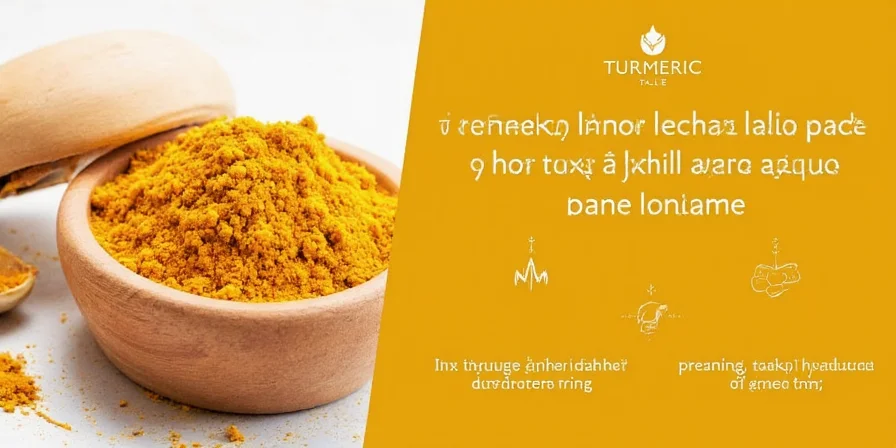
Organic haldi transcends being merely a spice—it's a commitment to purity, sustainability, and culinary excellence. By implementing these verified techniques and selection strategies, you transform everyday cooking into a ritual of wellness. Remember: true quality isn't in the price tag, but in the transparent journey from farm to spoon. Start small—with one golden paste batch or water test—and witness how authentic organic turmeric elevates both flavor and peace of mind.

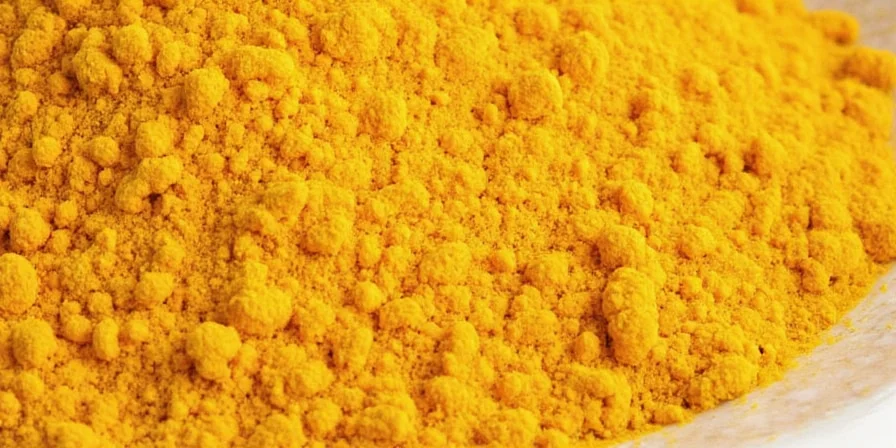









 浙公网安备
33010002000092号
浙公网安备
33010002000092号 浙B2-20120091-4
浙B2-20120091-4